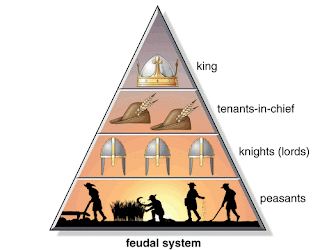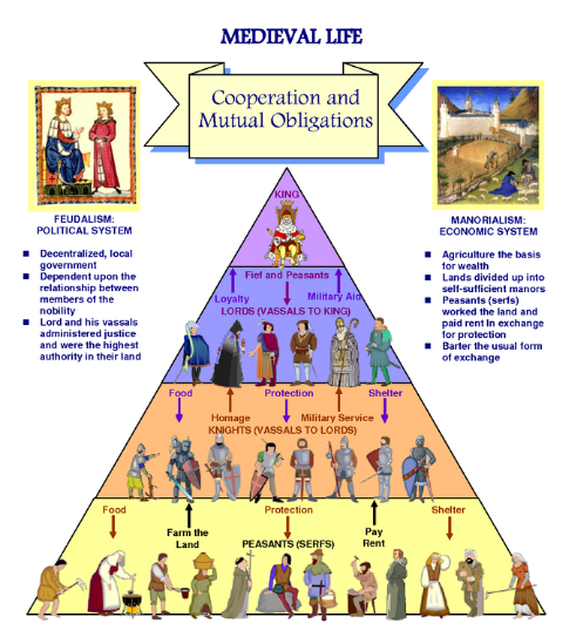

Three events set the stage-and would influence agriculture for centuries-in Europe. Setting the StageĮurope and the Middle East in 476 after the fall of the last Western Roman Emperor. Medieval farming practices, however, continued with little change in the Slavic regions and some other areas until the mid-19th century. The medieval system of agriculture began to break down in the 14th century with the development of more intensive agricultural methods in the Low Countries and after the population losses of the Black Death in 1347–1351 made more land available to a diminished number of farmers.

Most of the people living on the manor were peasant farmers or serfs who grew crops for themselves, and either labored for the lord and church or paid rent for their land. Barley and wheat were the most important crops in most European regions oats and rye were also grown, along with a variety of vegetables and fruits. Oxen and horses were used as draft animals. Sheep were raised for wool and pigs were raised for meat.Ĭrop failures due to bad weather were frequent throughout the Middle Ages and famine was often the result. The agricultural population under feudalism in Northern Europe was typically organized into manors consisting of several hundred or more acres of land presided over by a Lord of the manor, with a Roman Catholic church and priest. Compared to the Roman period, agriculture in the Middle Ages in Western Europe became more focused on self-sufficiency. The early modern period followed the Middle Ages.Įpidemics and climatic cooling caused a large decrease in the European population in the 6th century. The Middle Ages are also divided into the Early, High, and Late Middle Ages. The Middle Ages are sometimes called the Medieval Age or Period. Three events set the stage-and would influence agriculture for centuries-in Europe.Īgriculture in the Middle Ages describes the farming practices, crops, technology, and agricultural society and economy of Europe from the fall of the Western Roman Empire in 476 to approximately 1500. Image courtesy UNC Pembroke, Wikimedia Commons


 0 kommentar(er)
0 kommentar(er)
